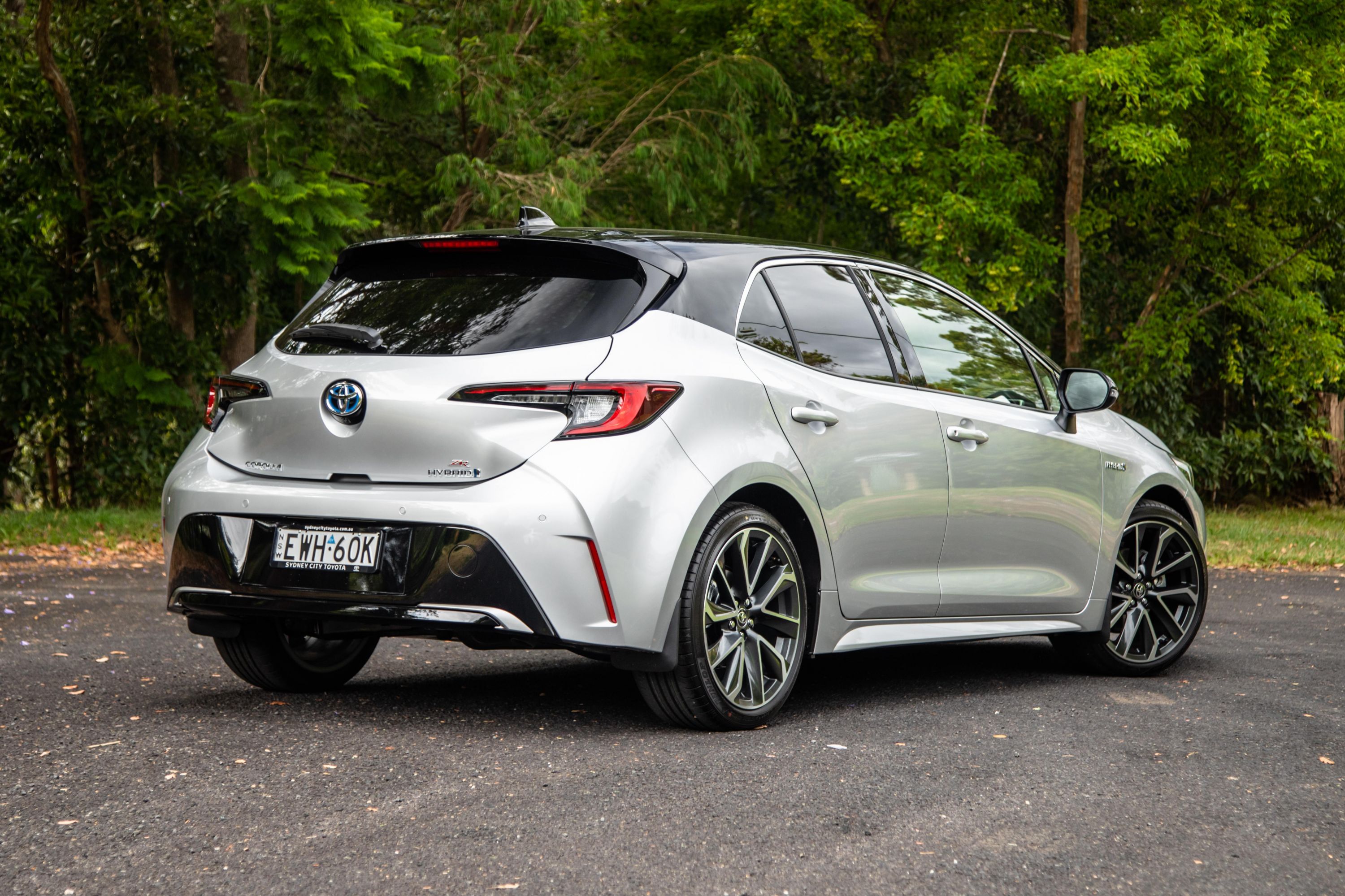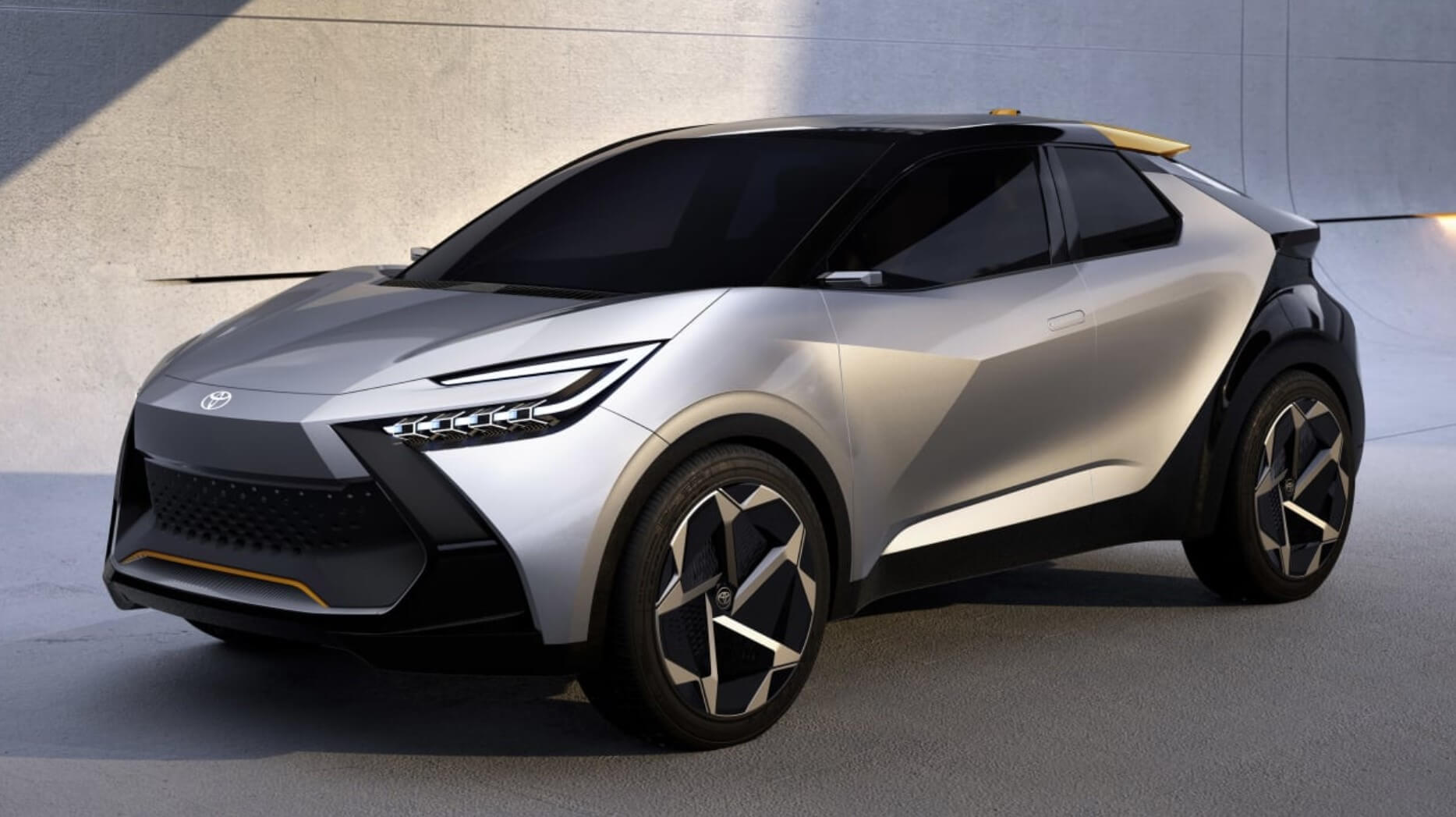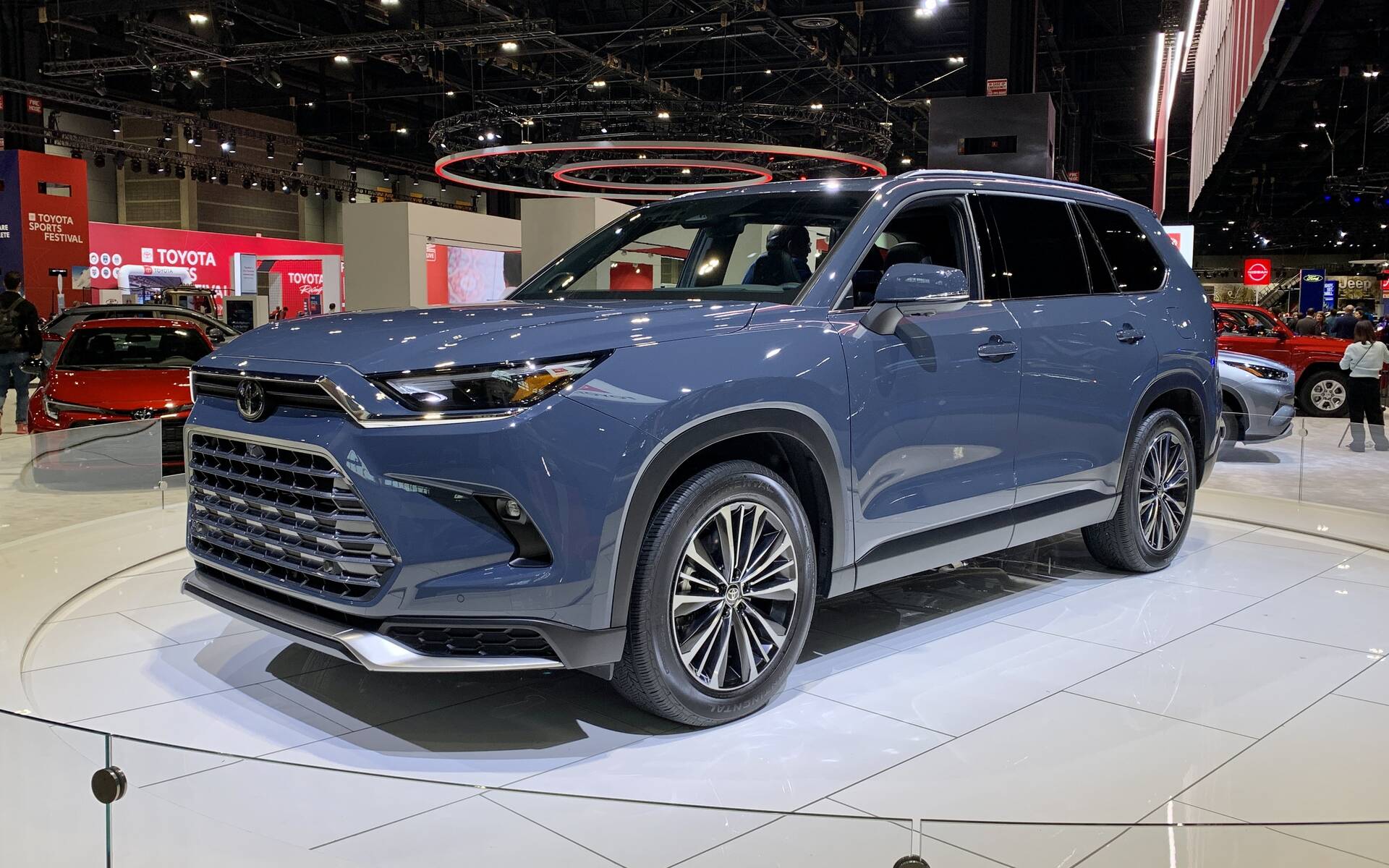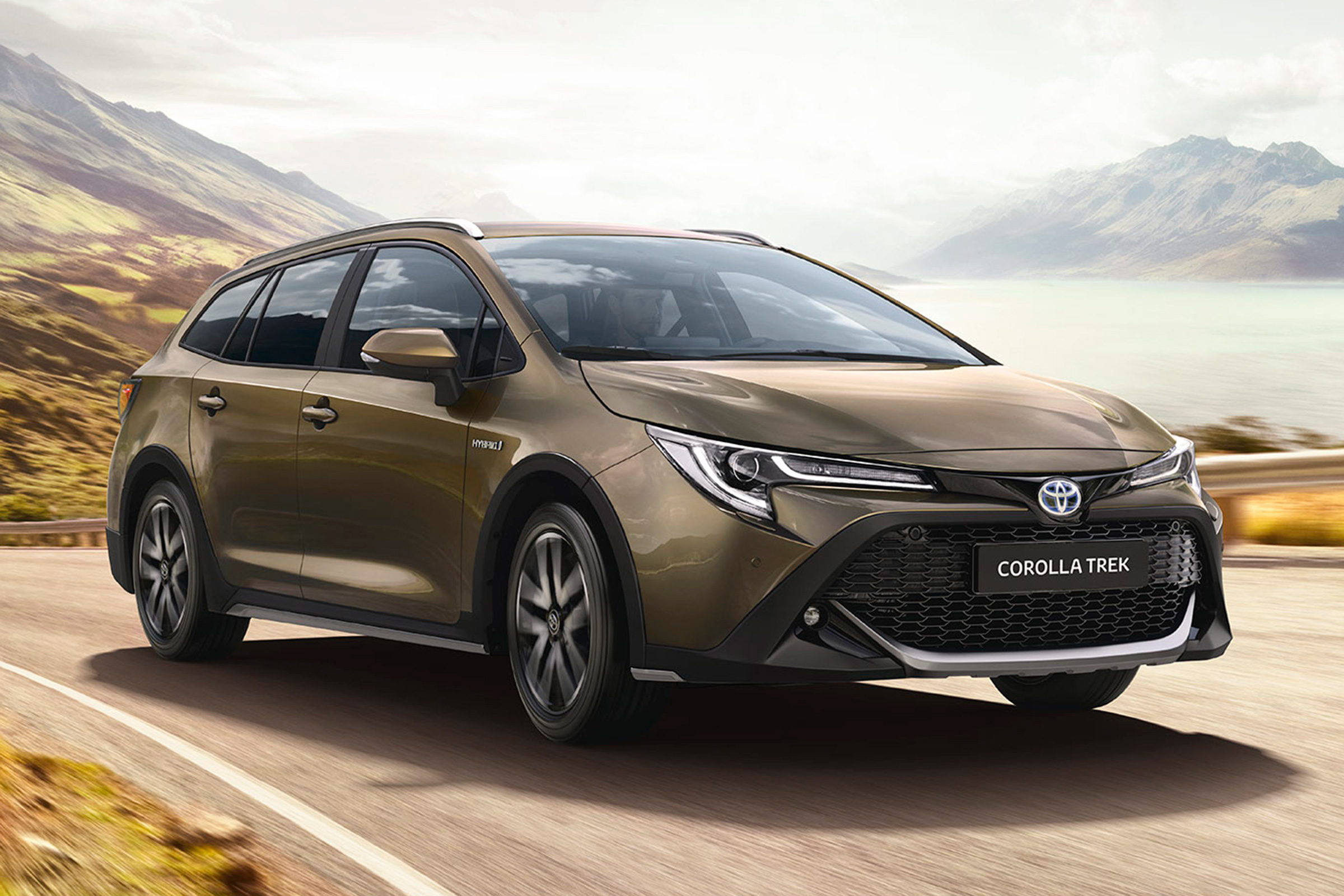Toyota Tundra Used Trucks For Sale: Your Comprehensive Guide to Finding the Perfect Pre-Owned Pickup pickup.truckstrend.com
The quest for a reliable, capable, and enduring full-size pickup truck often leads savvy buyers to the used market, and few names resonate with the same level of trust and loyalty as the Toyota Tundra. For decades, the Tundra has carved out a reputation for bulletproof reliability, impressive towing and hauling capabilities, and an uncanny ability to hold its value. As a result, Toyota Tundra used trucks for sale represent an incredibly popular and smart choice for individuals, families, and businesses alike who need a robust workhorse without the hefty price tag of a brand-new model.
This comprehensive guide will navigate the landscape of used Tundra purchases, offering insights into why they are such a sought-after commodity, what to look for across different generations, crucial inspection tips, and practical advice to ensure you drive away with a deal that truly fits your needs and budget.
Toyota Tundra Used Trucks For Sale: Your Comprehensive Guide to Finding the Perfect Pre-Owned Pickup
Why Choose a Used Toyota Tundra? The Pillars of Durability and Value
Opting for a pre-owned Toyota Tundra isn’t just about saving money; it’s an investment in proven engineering and long-term dependability. Here’s why the used Tundra market is so vibrant:
- Legendary Reliability: Toyota’s commitment to quality and durability is perhaps best exemplified by the Tundra. Many owners report their trucks easily surpassing 200,000, 300,000, or even 500,000 miles with proper maintenance. This inherent longevity translates directly into a lower total cost of ownership over time.
- Exceptional Resale Value: Unlike many domestic rivals, the Tundra consistently ranks among the top vehicles for retaining its value. This means less depreciation for the first owner, and a strong residual value for you, should you decide to sell it down the line.
- Robust Performance & Capability: Whether you need to tow a boat, haul construction materials, or conquer challenging off-road trails, the Tundra is built for it. Its powerful engine options, sturdy frame, and capable suspension systems ensure it can handle demanding tasks with ease.
- Cost-Effectiveness: The most obvious benefit of buying used is the significant price reduction compared to a new model. This often allows buyers to afford higher trim levels, more desirable features, or simply save a substantial amount of money. Lower initial cost can also lead to lower insurance premiums and taxes.
- Variety and Choice: With multiple generations, cab configurations (Regular Cab, Double Cab, CrewMax), bed lengths, and a wide array of trim levels (SR, SR5, Limited, Platinum, 1794 Edition, TRD Pro), the used Tundra market offers a vast selection to meet diverse needs and preferences.

Understanding Toyota Tundra Generations: What to Look For
The Toyota Tundra has evolved significantly over its production run. Understanding the key characteristics of each generation can help you pinpoint the ideal used truck for your specific requirements.

First Generation (2000-2006):
- Characteristics: Smaller and more compact than subsequent generations, resembling a "T100 replacement." Offered with V6 and V8 engine options, with the 4.7L V8 being a popular and reliable choice. Available in Regular Cab, Access Cab (extended), and later, Double Cab configurations.
- Ideal For: Buyers on a tighter budget seeking a highly reliable, manageable full-size truck for lighter towing and daily utility. Often found with higher mileage but still capable if well-maintained.
- Considerations: Fewer modern amenities, potential for frame rust in salt-belt regions (inspect thoroughly).

-
Second Generation (2007-2021):
- Characteristics: A significant redesign, growing in size to compete directly with American full-size trucks. Dominated by powerful i-Force V8 engines (4.6L, 5.7L), renowned for their strength and durability. Introduced the spacious CrewMax cab. Various trims offered, from basic SR to luxurious Platinum and off-road focused TRD Pro.
- Ideal For: Those needing serious towing and hauling capacity, ample interior space, and a wide range of features. This generation offers the best balance of modern capability and proven reliability.
- Considerations: The 5.7L V8 is thirsty but powerful. Some early 2nd Gen models had minor issues (e.g., secondary air pump failure on some V8s), which are often well-documented and fixable. Pay attention to maintenance records.
-
Third Generation (2022-Present):
- Characteristics: A complete overhaul, featuring a twin-turbo V6 engine (i-Force) and an optional hybrid powertrain (i-Force MAX). Modernized interior with advanced technology, improved ride quality, and a more aggressive exterior design.
- Ideal For: Buyers seeking a nearly new truck with cutting-edge technology, improved fuel economy (especially the hybrid), and contemporary styling. Used models from this generation will still command a premium.
- Considerations: Newer to the used market, so fewer high-mileage examples. Prices will be closer to new vehicles, but still offer savings. Research any early production quirks, though Toyota’s reputation suggests minimal issues.
What to Look For: A Practical Guide to Inspecting Your Used Tundra
Buying a used truck requires diligence. Follow these steps to ensure you’re making an informed purchase:
-
Vehicle History Report (VHR): Before you even see the truck, obtain a CarFax or AutoCheck report. This is non-negotiable. Look for:
- Accident history (severity and repairs).
- Flood damage or salvage title.
- Odometer discrepancies.
- Number of previous owners.
- Service history (a well-documented history is a huge plus).
-
Exterior Inspection:
- Rust: Crucial for Tundras, especially on the frame and suspension components, particularly in areas where roads are salted. Bring a flashlight and look underneath. Surface rust is common, but significant, flaking, or perforated rust is a red flag.
- Body Panels: Check for consistent panel gaps, mismatched paint (indicating prior repairs), dents, scratches, and dings.
- Tires: Inspect tread depth and even wear. Uneven wear can indicate alignment issues or suspension problems.
-
Interior Inspection:
- Wear and Tear: Look for excessive wear on seats, steering wheel, pedals, and carpets.
- Electronics: Test every button, switch, light, and feature – power windows, locks, radio, HVAC, navigation, backup camera, etc.
- Odor: Musty smells could indicate water leaks or mold. Smoke odors are often hard to remove.
-
Under the Hood (Engine Bay):
- Fluid Leaks: Check for oil, coolant, transmission fluid, and power steering fluid leaks.
- Belts and Hoses: Look for cracks, fraying, or bulging.
- Battery: Check for corrosion on terminals.
- Engine Noise: Listen for unusual sounds (knocks, ticks, squeals) when starting the engine cold.
-
Test Drive:
- Cold Start: Pay attention to how it starts.
- Engine Performance: Check acceleration, responsiveness, and listen for any hesitation or unusual noises under load.
- Transmission: Ensure smooth shifts without harshness, slipping, or delayed engagement. Test both forward and reverse gears.
- Brakes: Check for strong, linear braking without pulsation or pulling.
- Steering: Should be precise and responsive, without excessive play or pulling to one side.
- Suspension: Drive over bumps and uneven surfaces to listen for clunks, squeaks, or excessive bounciness.
-
Pre-Purchase Inspection (PPI): This is the single most important step. Have a trusted, independent mechanic (not associated with the seller) perform a thorough inspection. They can identify issues you might miss and provide an objective assessment of the truck’s condition and potential future repair needs.
Financing and Budgeting for Your Used Tundra
- Set a Realistic Budget: Beyond the purchase price, factor in sales tax, registration fees, insurance, and potential immediate maintenance needs (e.g., fluid changes, new tires).
- Financing Options: Explore loans from banks, credit unions, and dealership financing. Compare interest rates and terms. Getting pre-approved by your bank or credit union can give you leverage in negotiations.
- Total Cost of Ownership: Remember that larger trucks generally consume more fuel and may have higher insurance premiums and maintenance costs than smaller vehicles.
Where to Find Used Toyota Tundra Trucks
- Dealerships (New and Used): Offer a wider selection, often provide financing, and some may offer Certified Pre-Owned (CPO) options with extended warranties. Prices might be slightly higher.
- Certified Pre-Owned (CPO) Program: Toyota’s CPO program includes a multi-point inspection, a factory-backed limited warranty, and roadside assistance. While more expensive, it offers peace of mind.
- Private Sellers: Can offer better deals as there’s no dealership overhead. However, it requires more due diligence on your part, and no warranties are typically offered.
- Online Marketplaces: Websites like Autotrader, Cars.com, CarGurus, and local platforms like Facebook Marketplace are excellent resources for browsing a vast inventory.
- Auctions: Generally for experienced buyers, as vehicles are sold "as-is" with little opportunity for inspection.
Tips for a Smooth Purchase
- Research Thoroughly: Know the market value for the specific year, trim, and mileage you’re interested in.
- Be Patient: The right truck might not appear overnight. Don’t rush into a purchase.
- Negotiate Confidently: Use your research and the PPI results to negotiate a fair price. Don’t be afraid to walk away if the deal doesn’t feel right.
- Get Everything in Writing: Ensure all agreements, warranties, and terms are clearly documented.
Potential Challenges and Solutions
- High Mileage: A Tundra with 150,000+ miles isn’t necessarily a bad buy if it has a consistent maintenance history. Many Tundras are just getting broken in at that point. Focus on maintenance records over just the odometer reading.
- Rust Issues: As mentioned, inspect the frame meticulously, especially in northern climates. Surface rust can be treated, but structural rust is a deal-breaker.
- Specific Year Model Quirks: Some years had minor, well-documented issues (e.g., secondary air pump failure on certain 5.7L V8s). Research these for the specific year you’re considering and ask if they’ve been addressed.
- Overpaying: Compare prices across multiple sources (dealerships, private sellers, online listings) and use resources like Kelley Blue Book (KBB) or Edmunds to gauge fair market value.
Estimated Price Table for Toyota Tundra Used Trucks
Please note that these are estimated price ranges and can vary significantly based on location, specific trim level, mileage, overall condition, features, and market demand. Always do your local market research.
| Generation/Year Range | Common Trims | Estimated Price Range (USD) | Key Features/Notes |
|---|---|---|---|
| 1st Gen (2000-2006) | SR5, Limited | $5,000 – $15,000 | Older models, often with high mileage (150k+). Excellent value for a durable work truck. Fewer modern amenities. Pay close attention to frame rust. |
| 2nd Gen (2007-2013) | SR5, Limited, Platinum, TRD Rock Warrior | $12,000 – $25,000 | Early second generation. Powerful 5.7L V8 common. Good balance of capability and affordability. Check for secondary air pump issues on some V8s. Mileage typically 100k-200k. |
| 2nd Gen (2014-2021) | SR5, Limited, Platinum, 1794 Edition, TRD Pro | $20,000 – $45,000+ | Facelifted models with updated styling and interior. Strong resale value, especially for lower mileage or TRD Pro trims. Wide range of features and conditions. High-demand models like TRD Pro can exceed $45,000, even with higher mileage. |
| 3rd Gen (2022-Present) | SR5, Limited, Platinum, 1794 Edition, TRD Pro, Capstone | $40,000 – $70,000+ | The newest generation with twin-turbo V6 and optional hybrid (i-Force MAX). Offers modern technology, improved fuel economy. Used examples are typically very low mileage and command prices closer to new vehicles, but still offer savings. |
Frequently Asked Questions (FAQ) About Used Toyota Tundras
Q1: What is the best year for a used Toyota Tundra?
A1: This depends on your budget and needs. The 2nd Generation (2007-2021), especially post-2014 facelift models, offer a great balance of modern features, robust V8 power, and proven reliability for a reasonable price. If budget is a primary concern, the 1st Gen offers legendary durability at a lower cost.
Q2: What mileage is too high for a used Toyota Tundra?
A2: There’s no definitive "too high" mileage for a Tundra. Many are known to last well over 300,000 miles. A Tundra with 150,000-200,000 miles with a strong service history and evidence of regular maintenance is often a better buy than one with lower mileage but no records or signs of neglect.
Q3: Are used Tundras expensive to maintain?
A3: Generally, no. Tundras are known for their reliability, which means fewer unexpected repairs. Routine maintenance costs are comparable to other full-size trucks. Parts are widely available, and many repairs can be done by independent mechanics.
Q4: Can a Toyota Tundra last 300,000 miles or more?
A4: Absolutely. There are numerous well-documented cases of Tundras, particularly those with the 5.7L V8 engine, easily surpassing 300,000, 400,000, and even 500,000 miles with consistent maintenance.
Q5: What’s the difference between a Tundra Double Cab and CrewMax?
A5: The main difference is rear passenger space. The Double Cab has rear doors and back seats, but legroom is more limited, suitable for occasional adult passengers or children. The CrewMax offers significantly more rear legroom, making it comfortable for full-sized adults on long journeys, similar to a full-size SUV.
Q6: Should I buy a Certified Pre-Owned (CPO) Tundra or from a private party?
A6: CPO offers peace of mind with a multi-point inspection and warranty, but typically comes at a higher price. Private party purchases can be cheaper but carry more risk, as they usually don’t include warranties or rigorous inspections. Your comfort level with risk and your budget will dictate the best option.
Conclusion
The Toyota Tundra has earned its reputation as a workhorse that refuses to quit, making Toyota Tundra used trucks for sale a highly attractive proposition in the pre-owned market. By understanding the nuances of each generation, conducting thorough inspections, and applying smart buying strategies, you can confidently navigate the market and secure a dependable, capable, and value-packed pickup truck. The journey to finding your ideal Tundra is one of careful research and patience, but the reward is a vehicle that promises years of reliable service and a true return on your investment.
